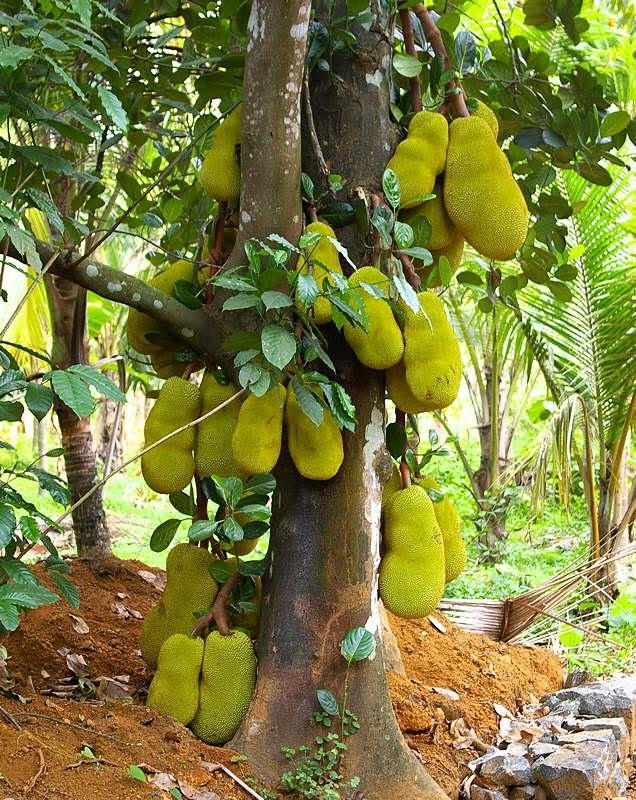The Indian forests have a large variety of trees, which is due to the unequal distribution of temperature and rainfall, as well as their seasonal variation. It is estimated that India has about 46,000 different species of plants. Out of this about 5000 species are exclusively Indian. Out of about 5000 species of trees in our country, about half of them are timber trees. We study the uses of some important trees in India.
Sal:
ADVERTISEMENTS:
The wood is hard, heavy, tough and extremely durable. It is widely used for beams, planking, railway sleepers, boat making and as building material for making doors and windows
Teak:
The wood is moderately hard, durable, and easy to work and takes a good polish. It is mainly used for ship building, furniture making, railway carriages, sleepers, bridges, doors and windows.
Shisham:
ADVERTISEMENTS:
The wood is hard, heavy and medium textured. Due to its strength, elasticity and durability, it is valued as constructional and general utility timber, and also used for furniture making, bullock carts, farm implements, musical instruments and railway sleepers.
Haldu:
The wood is hard, durable and of light colour, which is used for toy-making and woodcarving.
Mahua:
ADVERTISEMENTS:
Its fruit is used for extracting oil and flowers for wine making.
Semul:
The wood is soft and white and used for making toys, packing cases, match boxes and plywood. Its fruits yield soft fibre for pillows.
Rosewood:
The wood is hard and fine-grained and is used in furniture making, gun-carriage wheels, floor boards, etc. It is suitable for carving.
Ebony:
The wood is heavy, straight-grained and even textured. It is costly and used for ornamental carving, veneers, inlaying, musical instruments, sports goods, piano keys and caskets.
Deodar:
The wood is light-yellow brown colour, which is sturdy in use. The timber is used for construction work, railway sleepers, beams, floorboards, window frames and light furniture.
Chir:
The wood is light reddish brown, moderately hard and is largely used for making tea chests, matches and furniture. It also yields resin and turpentine.
Blue Pine:
The wood is pink in colour, moderately hard and is used for making doors, windows, and furniture and railway sleepers. It also yields resin and turpentine.
Silver Fir:
The wood is soft, but not very durable.
It is mostly used for planking, packing boxes, containers, wood-pulp, paper and match sticks.
Spruce:
The wood is soft and white. It is used for construction work, railway sleepers, cabinet making, packing cases and wood pulp.
Walnut:
The wood is light, works easily and is used for cabinet work, carving and musical instruments.
White Willow:
The wood is used for making cricket bats and its twigs are used for making baskets.
Birch:
The wood is greyish in colour and is largely used for plywood, furniture and radio cabinets.
Cypress:
The wood is durable and is used for making furniture.
Chaplas:
The timber is strong and durable and hence in demand for ship building, furniture and packing boxes.
Mulberry:
The wood is soft and durable. It is used for making sports goods, such as hockey sticks; tennis, badminton and squash rackets and cricket stumps. The leaves are used for rearing silkworms.
Bamboos:
It is called the poor man’s timber and is used for a variety of purposes, such as basket making, roofing and thatching material, construction work and pulp making.

